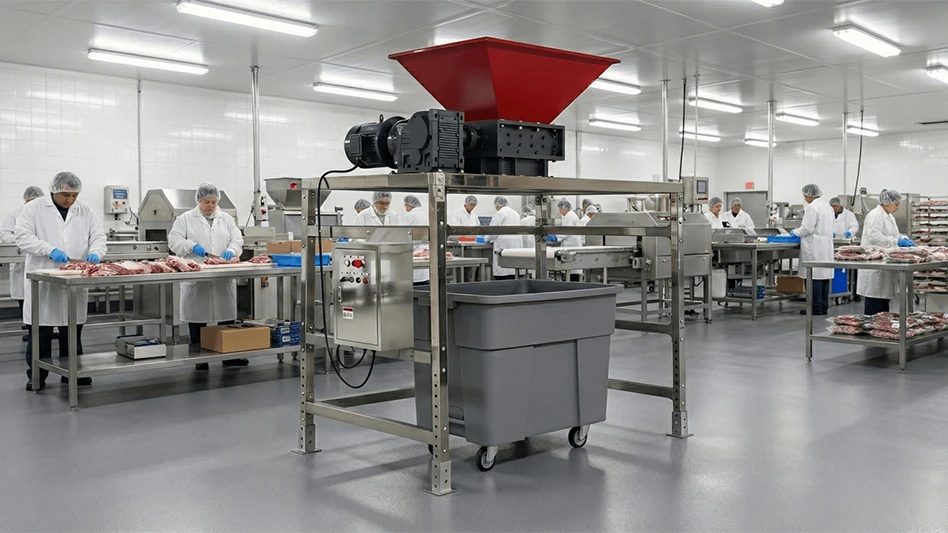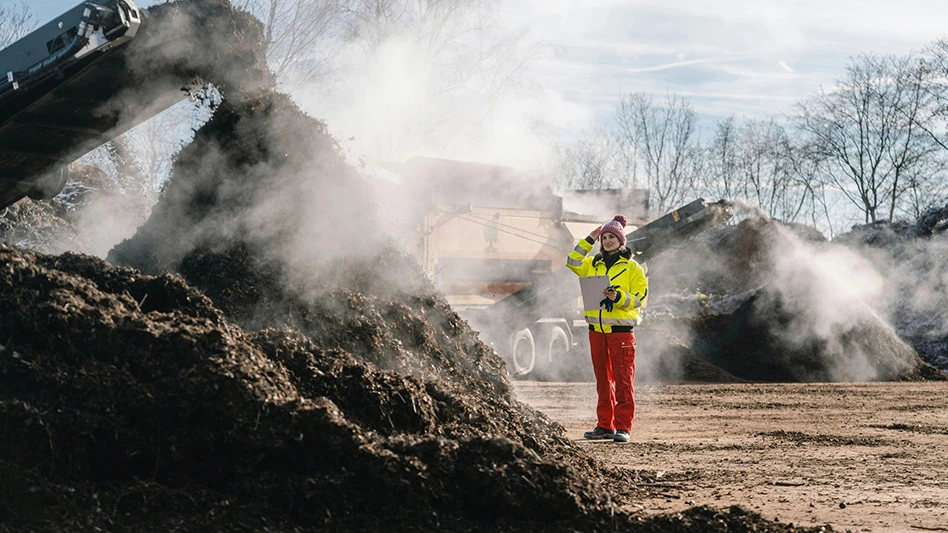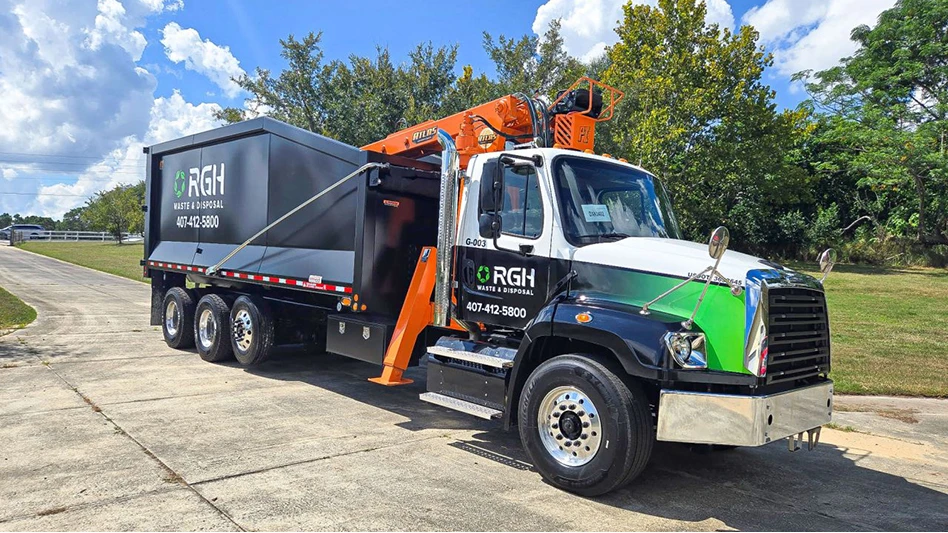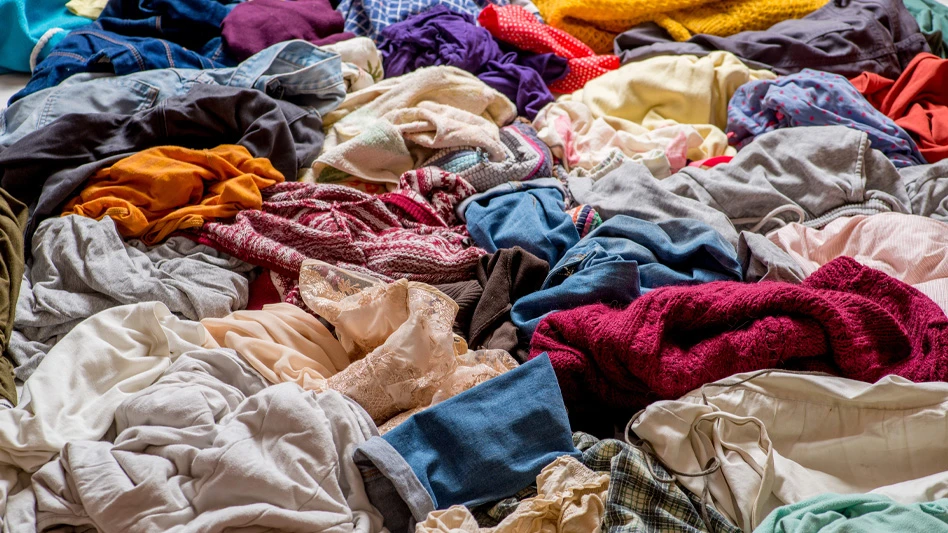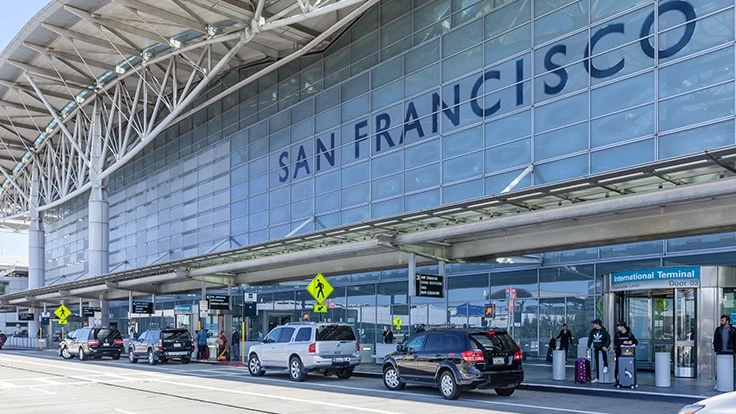
© JHVEPhoto | stock.adobe.com
The San Francisco International airport (SFO) is on track to becoming a zero-waste airport, as reported by KPIX 5. According to airport spokesperson Doug Yakel, the airport has implemented policies in recent years to help reduce waste.
“We want to be the first airport in the world to achieve carbon neutrality, zero net energy buildings and zero waste going into landfill,” Yakel told KPIX 5. “Airports are really a microcosm of the region they serve. An airport ought to champion the values of [its] region. For our region, there are a lot of values we’re trying to champion, but one of them is really that focus on the environment.”
The airport has adopted initiatives like plastic-free concessions and a food donation program to help reduce waste. Rather than throwing out excess pre-packaged food, KPIX 5 reports airport restaurants can donate it to charities.
“In 2019, we became the first airport in the world to ban the sale of water in plastic bottles, knowing that at the time, we were selling about 10,000 bottles of water per day,” Yakel says. “In any of the restaurants where you buy food at SFO, if you’re getting it to go, you’ll find it comes in one of these compostable types of packages.
“It really goes hand-in-hand with our idea of reducing the amount of waste. If we can find a good use for unsold, pre-packaged food that helps a local charity, that’s a win-win for everybody,” he adds. “It helps ensure that the food that gets produced here actually goes to a useful purpose, rather than simply being thrown away.”
Alfred Twu, with the Sierra Club’s Zero Waste Committee, told KPIX 5 that all organizations “need to work on eliminating their waste,” but thinks the airport is off to a good start.
“In a place that’s a gateway to the Bay Area, it’s a way for people to learn about what are some of the best practices for waste reduction, and hopefully bring them back to their own communities,” Twu says. “It’s always best if you can reduce the use of something in the first place. If you already have this object, then find a way to re-use it. Only then, do you fall back to recycling.”
Currently, the airport diverts 65 percent of its waste from landfills and has a goal of getting to 80 percent by 2023.
“We’ve really been a leader in environmental sustainability for a long time. We had the first LEED Gold certified terminal in the US. The Harvey Milk Terminal—Terminal 1—just became the first LEED Platinum in the world. We have the world’s first zero-net-energy building, and we’re the airport that is leading in terms of the largest use of sustainable aviation fuel,” Yakel says.Latest from Waste Today
- New York finalizes greenhouse gas emissions reporting regulations
- EPA selects 2 governments in Pennsylvania to receive recycling, waste grants
- NWRA Florida Chapter announces 2025 Legislative Champion Awards
- Yolo County reports fatality at Central Landfill
- New Way expands Canadian presence with Joe Johnson Equipment partnership
- Buffalo Biodiesel shares updates on facility modernization, NYSDEC compliance
- CETY launches HTAP platform for anaerobic digestion facilities
- Terex Ecotec announces Blue Machinery as distributor
